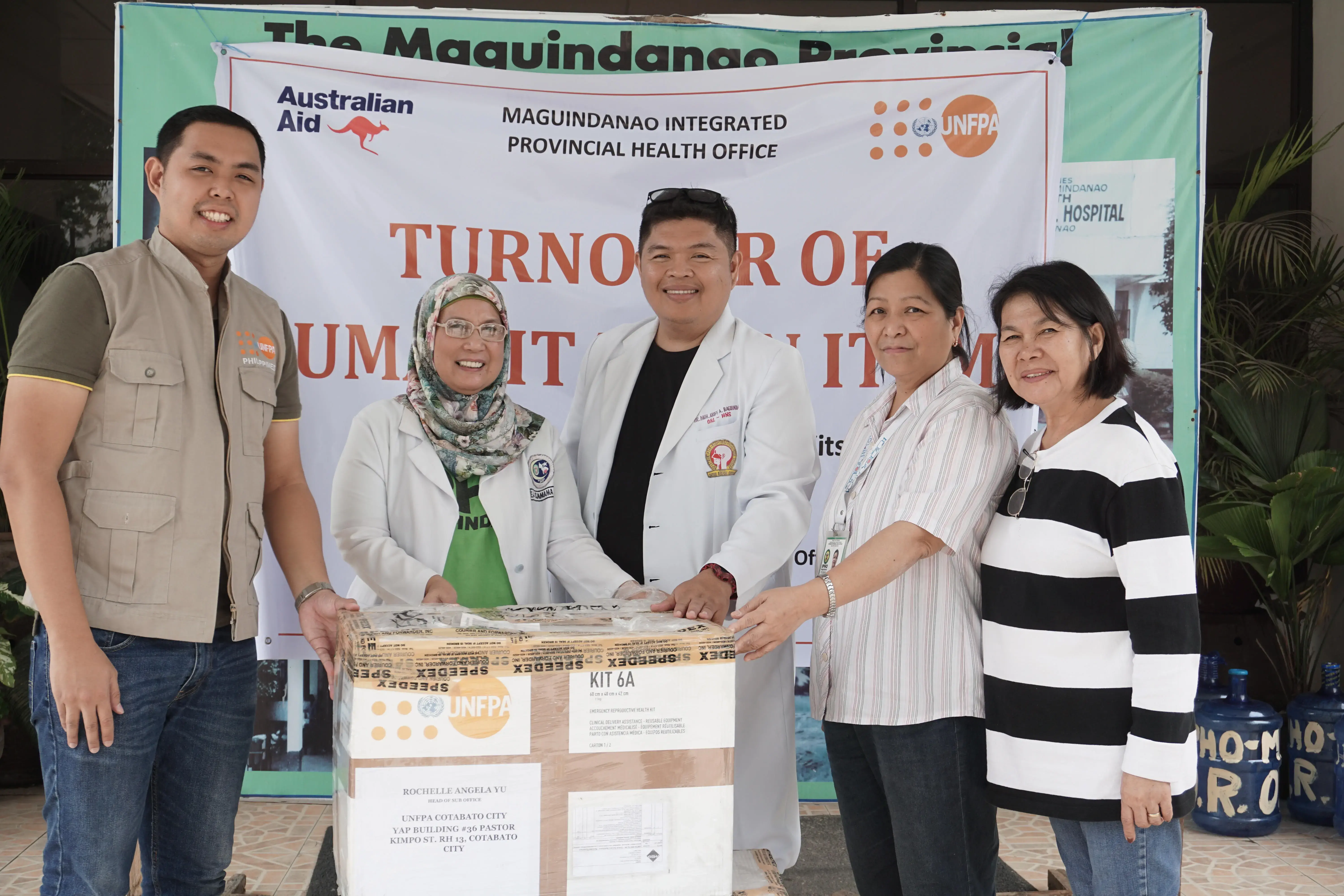UNITED NATIONS, New York— A report released by the United Nations today calls for intensified investment in cost-effective interventions to address the problem of obstetric fistula. The document estimates that at least $750 million is needed to treat existing and new cases between now and 2015. Caused by prolonged, obstructed labour without timely medical intervention, the condition affects as many as 3.5 million women in the world.
The report Supporting Efforts to End Obstetric Fistula states that considerable progress has been achieved in addressing obstetric fistula. It draws attention to the linkages between poverty, income inequalities, gender disparities, discrimination and poor education, as these factors contribute to poor health in women and girls. However, despite some positive developments achieved, many serious challenges remain.
“Obstetric fistula is one of the most devastating consequences of neglect during childbirth and a stark example of health inequity in the world. Although the condition has been eliminated in the developed world, obstetric fistula continues to afflict the most impoverished women and girls, most of whom live in rural and remote areas of the developing world,” the report states.
Thoraya Ahmed Obaid, Executive Director of UNFPA, the United Nations Population Fund, has welcomed the new report. In a video statement, Ms. Obaid emphasized the importance of tackling obstetric fistula in line with global agreements to improve the health and rights of women. “Every year millions of women suffer from pregnancy and birth-related complications, as well as injuries. Through working together we can ensure that fistula is something of the past,” said Ms. Obaid.
The document brings examples of successful interventions in various countries and calls for specific actions to improve maternal health and address the issue of obstetric fistula. It also highlights that the condition can be prevented as part of broader efforts made to achieve MDG 5, which lags behind all the other Millennium Development Goals and has the lowest level of financial support.
As part of its recommendations, the document points out that funding should be predictable, and sustained support should be provided to countries’ national plans, United Nations entities, and other global initiatives dedicated to tackle the problem, including the Campaign to End Fistula. “The funds required to provide quality fistula repair reflect the magnitude of the problem. If we consider the backlog of fistula cases and the treatment costs of approximately $300 per repair, we can conclude that the figures mentioned by the report are a conservative estimate,” said Ms. Gillian Slinger, coordinator of the Campaign.



